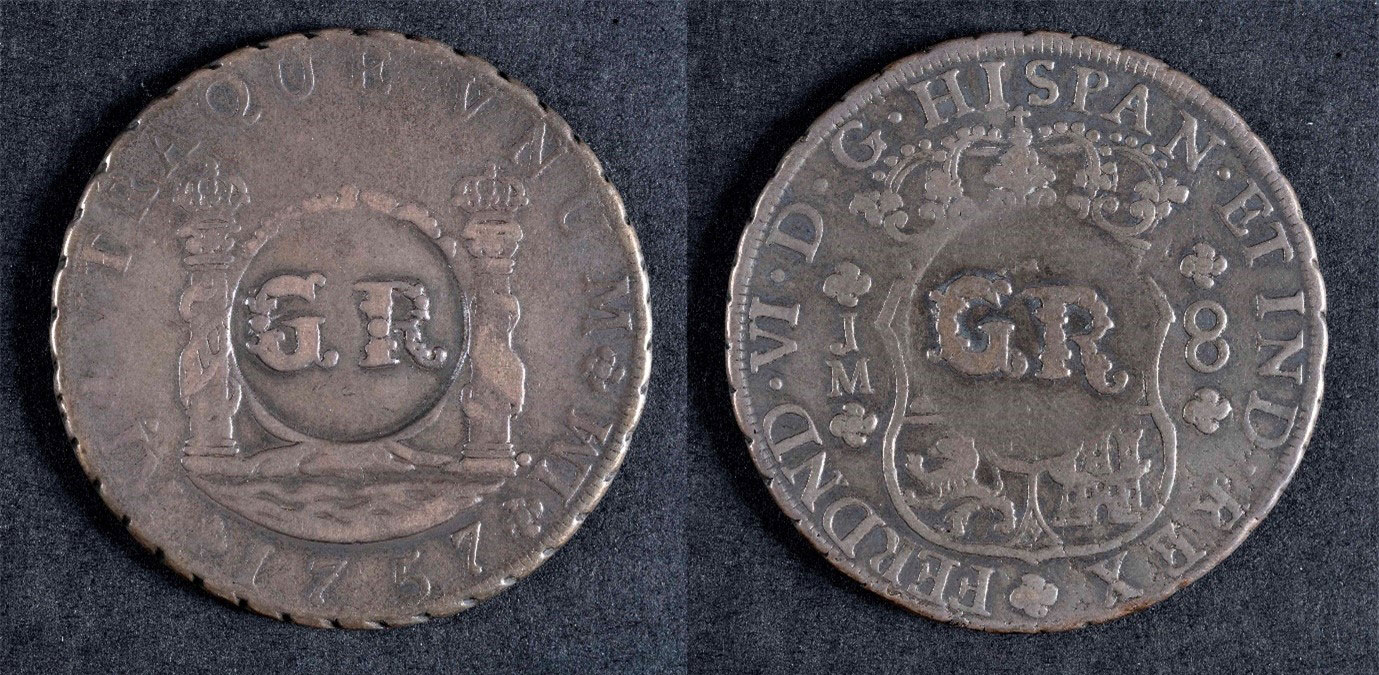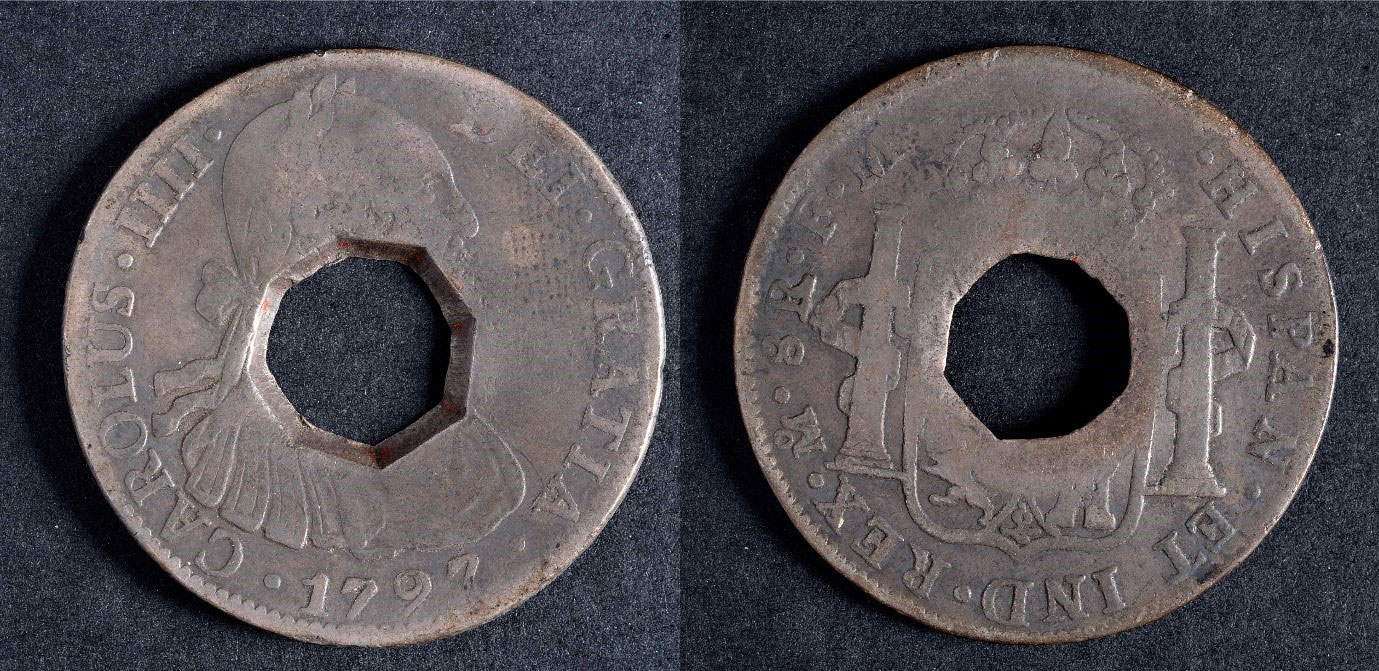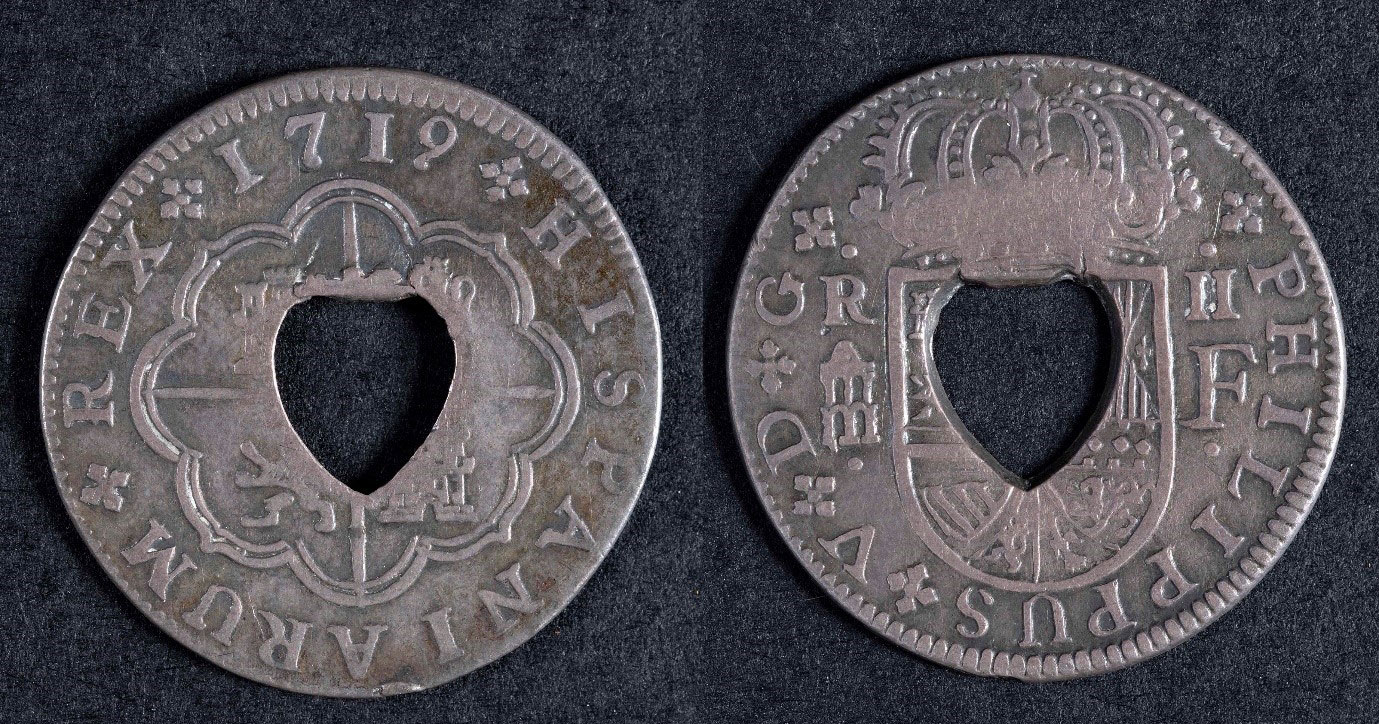Blog
Kirsty Parsons, Exhibition Manager
How can a coin tell us more about the relationship between the Bank of England, British colonialism and transatlantic slavery?
In the 1600s, Britain and other European nations violently colonised Caribbean countries and imposed the exploitative system of plantation slavery. The Bank of England provided loans to the British government, which funded colonial wars in the 1750-60s to expand the British Empire. This linked the Bank to transatlantic slavery through its involvement in the wider financial system. Some of the Bank of England’s customers were also heavily involved in colonialism elsewhere, like the East India Company (EIC). Formed in 1600, the EIC focused on the spice trade in Southeast Asia and India, eventually becoming key to Britain’s colonisation of these countries. A lesser-known aspect of the EIC’s history is that the EIC trafficked hundreds of enslaved people, mostly from Madagascar to Indonesia.
Transatlantic slavery and the slave trade supported British colonialism, expanding Britain’s trade links as well as its power and influence by seizing control of other countries. Part of Britain’s colonial rule in places like the Caribbean was introducing British currency. But making new coins was expensive and time consuming. To speed up the process, existing coins from one country could be made into legal currency in another by adding a stamp mark in a process called countermarking. Coins were stamped with special marks to make them a valid form of currency in different Caribbean countries. Most of these coins are Spanish 8 reales, also known as silver dollars or pieces of eight. These were minted in huge quantities in Spanish colonies in the Americas, and were an important trading currency during this period.
The wealth generated through these colonies was often achieved through the labour of enslaved Africans. Let’s take a look at a few examples of our coins on display in our exhibition Slavery & the Bank to see what they reveal about the history of the Caribbean and British colonialism.





